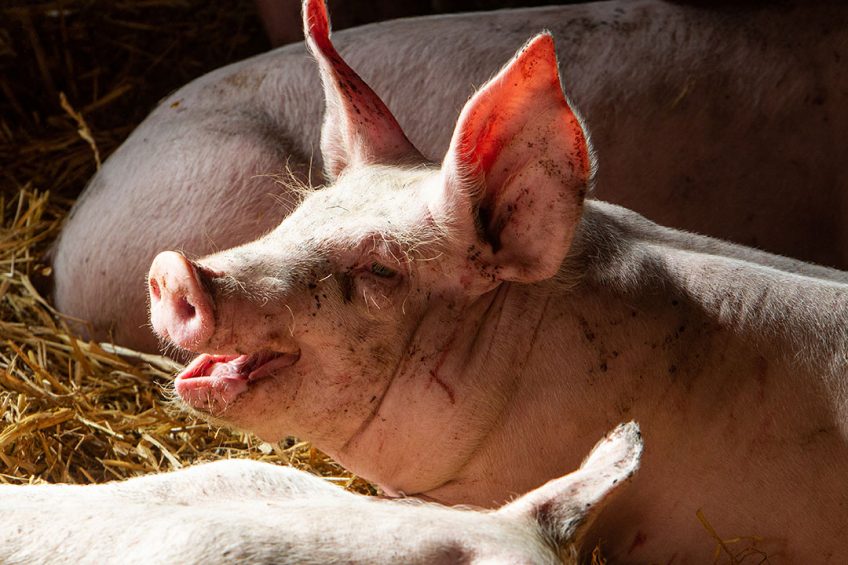Dynamics of PCV3 followed in Spanish pig farms

Researchers in Spain have published a longitudinal study assessing the infection dynamics of Porcine Circovirus 3 (PCV3) in healthy commercial farms in Spain.
The study was carried out by researchers connected to the Catalan research centre CReSA-IRTA, in Spain, who published it in the Veterinary Record. For the 1st time, the study assesses the dynamics of Porcine Circovirus, type 3 infection in farms of healthy pigs without clinical symptoms.
Viral genome in all tested farms and ages
The researchers detected viral genome in all farms and all tested ages. Some of the animals had an apparent long-term infection during 4 to 23 weeks. The phylogenetic analysis showed that the 8 partial sequences obtained specifically from 6 animals had a high similarity at the nucleotide level, also when compared with genomes available in the GenBank dataset.
The researchers wrote: “Although a particular general infection dynamics pattern was not able to be ascertained, the obtained data confirmed that PCV3 circulated in the chosen clinically healthy farms at all tested ages and most pigs got infection during their lifetime.”
They added: “Most pigs got infection during their life, although PCV3 did not appear to be linked with any specific age.”
The PCV family of viruses
Porcine circoviruses (PCVs) are viruses that belong to the family Circoviridae, genus Circovirus. Until 2015, only 2 species of PCVs that affected pigs were known: PCV1, a non-pathogenic virus, and PCV2, a pathogen that was devastating for the swine industry and now is controlled by vaccination. The 3rd species member of the genus Circovirus able to infect swine, PCV3, was first discovered in 2016 in the USA in pigs suffering from cardiac and multisystemic inflammation and in farms whose animals had reproductive failure.

Read more about pig health in the Pig Progress Health tool
Prior to this research, the researchers wrote, Porcine Circovirus 3 (PCV3) had already been described in animals with different clinical/pathological presentations; in addition, it had been found in clinically healthy animals and, very recently, in different mammalian wild hosts and ticks. It was also known that the virus has a worldwide distribution, since the presence of the PCV3 genome had been described in different countries of various continents.
The article was authored by F. Klaumann, F. Correa-Fiz, M. Sibila, J.I. Núnez and J. Segalés.











